Treeing Chief Instructor
Kentaro Iwabuchi

The fun of developing strategies to tackle Mother Nature
Mr. Iwabuchi works as a backcountry skier in the winter and as a chief instructor and mountaineering guide for tree climbing in the summer. Although they are completely different activities, they have one thing in common: “It is fun to face nature and think about what steps to take to conquer it. How to draw a line on the pristine terrain, which branch to hang a rope on to reach the destination, what route to take on the mountain. Before moving your body, you need to plan a strategy. When I awakened to the joy of such activities, I feel I was able to approach the true appeal of activities in the great outdoors.

The Joy of Backcountry Skiing Built on Safety
As a boy, I was a member of the prestigious Asahikawa Junior Alpine Team and devoted myself to competitive skiing. From high school on, I became obsessed with snowboarding, which was a big boom at the time. While most competitive ski wear was tight and slim, snowboarding wear was characterized by a high level of fashion that could also be worn on the street. I was drawn to snowboarding, which is connected to hip-hop culture, because I was drawn to cool things (laugh),” he recalls.
After that, he found a job and took a break from winter sports for a while, but when he entered the Asahidake backcountry for the first time with full equipment at the age of 30, he suddenly recalled a scene he had seen in the past: “I know this place. I know this place. Mr. Iwabuchi had been in the Asahidake backcountry as a boy. At first, he and his friends just wanted to go exploring. It was a very dangerous adventure, with no safety equipment and no knowledge of where avalanches might occur. Now that I’m a guide, I look back on those days and realize it was an absolute no-no. I want to tell people how to enjoy backcountry skiing safely,” he stresses.
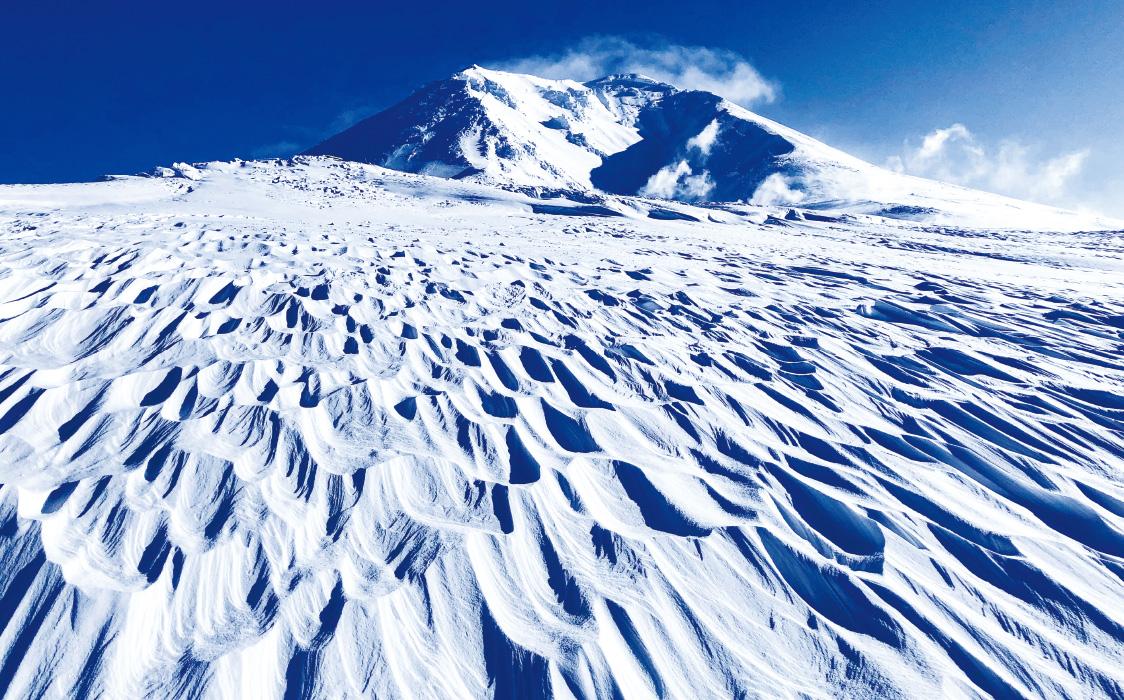
The trigger was the “freedom” he felt in nature.
I also have the opportunity to give beginner ski lessons to visitors from Honshu. For Asahikawa children, their first skiing experience is usually at a public ski resort or on the gentle slopes of the Santa Present Park. However, people from Honshu want to make their skiing debut at Asahidake because they have come all the way to Daisetsuzan. It takes about four hours to get down there,” he says.
Whether it is backcountry skiing or beginner training, Iwabuchi says he is happy to see the smiles on the faces of the participants after guiding them. Even without words, those smiles make the job of a guide worthwhile.
Backcountry skiing involves skiing where there are no lifts, so more than 90% of the time is spent on your own feet. But I enjoy the scenery and the wilderness more during those hours than when I am skiing. It may sound surprising, but I enjoy climbing more now. Sliding is just an added bonus,” he says.
The same goes for summer mountaineering. I want to see the view behind Asahidake. Once you set your sights on a goal, even the steepest of climbs become enjoyable.
The reason he quit his job to become a guide was because his boss invited him to climb mountains. At a time when I was in agony at my office job, where I often sat at my desk, I was struck by the sight of mountains with unobstructed views and felt “free” in nature. I then decided to change jobs to an outdoor goods store. It was a stable place to work, but I didn’t feel like waiting until retirement to do what I loved.
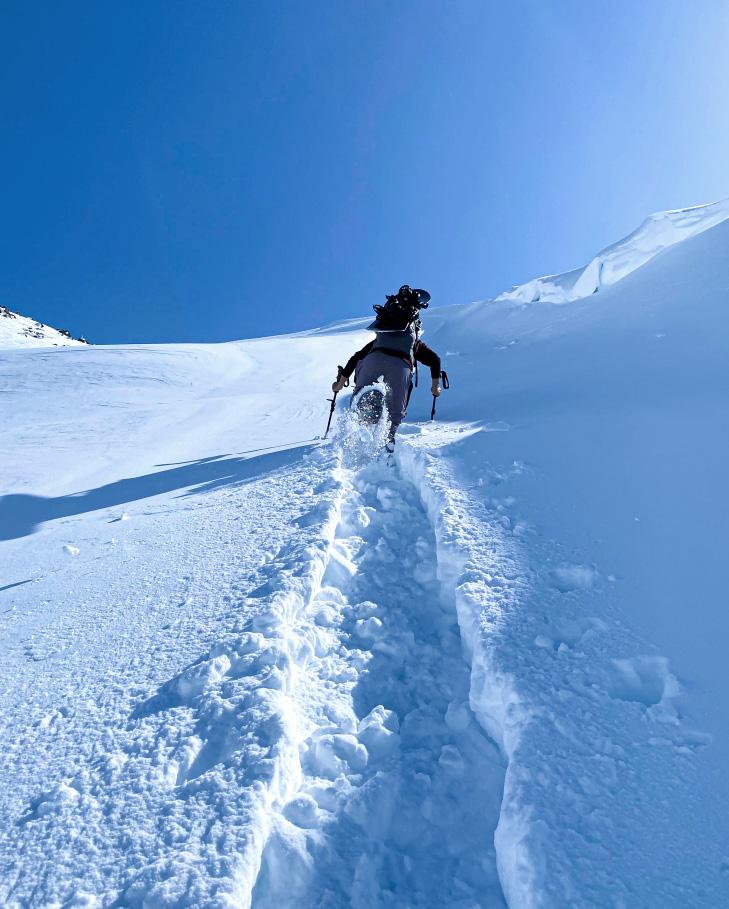
Treeing,” an activity that evolved from the skills of arborists (tree doctors)
Many of us probably loved climbing trees as children. The thrill of grabbing a branch, putting your foot on it, and climbing up. Treeing” is an evolution of such tree climbing.
Treeing was originally a way for arborists to work safely in trees, and it has been used in the forestry industry, where it has become a more enjoyable activity. In forestry, you only need to think about your own safety, but when it comes to activities, that is not enough. In an event, the safety of the guests as well as the safety of the instructor who climbs with them is also a consideration. The tools used will vary depending on the tree to be climbed: a single rope for coniferous trees and a double rope for broadleaf trees. It is the instructor’s job to assess the condition of the tree and make the best choice. Hokkaido is home to a variety of tree species, including Abies sachalinensis, birch, Japanese elm, doronoki, and willow. Since I started treeing, my view of the forest has changed a lot,” he says.
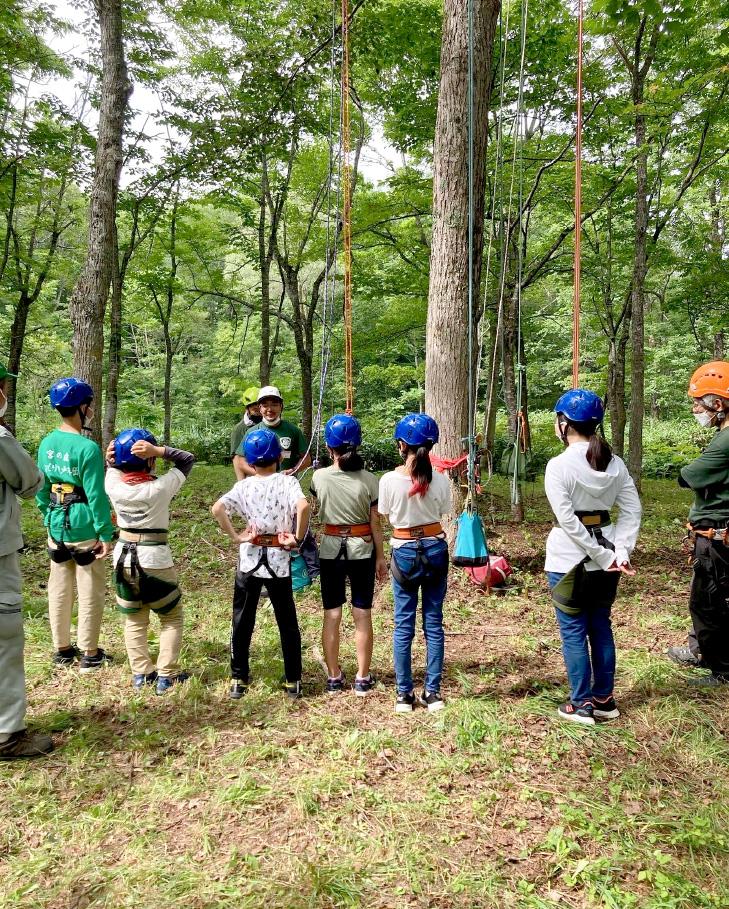
I would like to promote treeing to improve the treatment of instructors.
At the event, the climbers climb to nearly 20 meters above the ground. Women and children can also enjoy tree climbing, as they use their arms for support and their legs to climb. Bird enthusiasts sometimes use treeing to set up birdhouses, and it is widely used in the outdoor community. When you climb to the top, you can sometimes see the path of birds between the trees. You would never notice that from a high vantage point.
Iwabuchi says that as long as you have a forest and a rope, there are plenty of ways to have fun. In addition to treeing, you can also enjoy swinging swings and ziplines. If you learn how to tie ropes, you can also apply them, so we sometimes offer a variety of attractions at our events. Recently certified as a chief instructor, Mr. Iwabuchi is putting his efforts into promoting tree-ringing as a person who guides instructors on how to put together events.
He says, “I heard from a colleague that he was once asked to organize an event in a certain community at a very low cost. Considering the technology and safety management, I could never do it at such a cost, but I think that is also because treeing has not yet spread throughout the world. I would like to focus on activities to promote treeing in order to raise the level of the industry as a whole and improve the treatment of instructors,” he said.
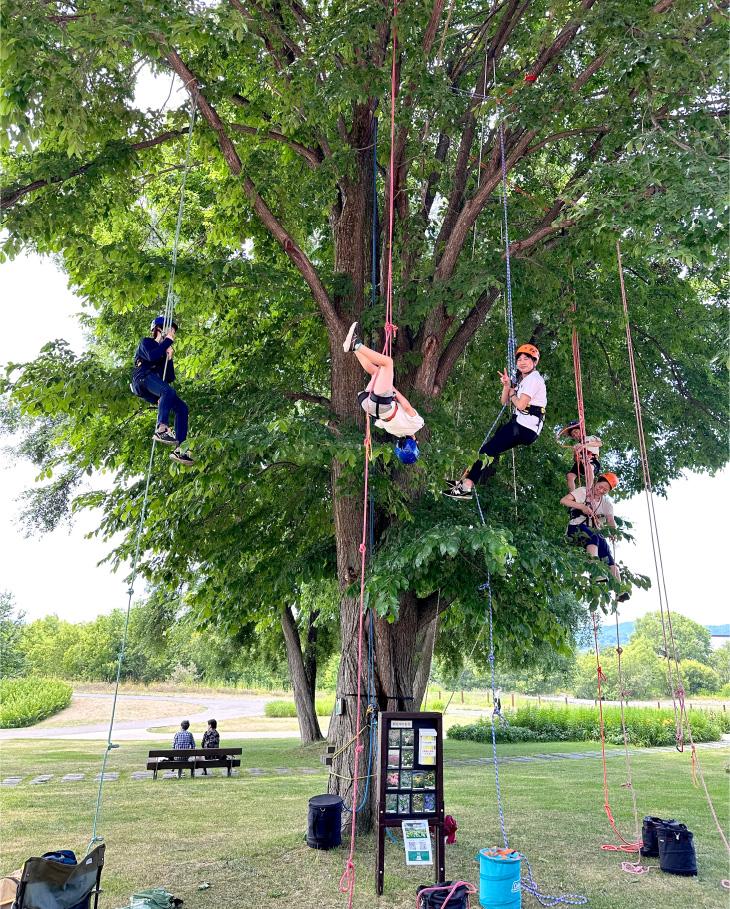
I want to develop my observation and decision-making skills and grow as a guide.
Mr. Iwabuchi has a senior guide whom he admires. When he accompanied her on one of her tours, she learned everything from the stories he told on the bus ride from the hotel to the trailhead about nature and the mountains, the history of the region, and how to get closer to the clients. On one occasion, on the way up a mountain, a senior guide ahead of us pointed out that Mr. Iwabuchi’s shoelace was untied while his back was turned. It was one of those moments when I realized that guides have amazing powers of observation. In both backcountry skiing and treeing, it is essential to manage the safety of our clients. Enjoyment is only possible when there is a foundation of safety. That is why a guide’s job begins with assessing the day’s weather, snow surface, and tree conditions, and selecting a route. I want to hone my powers of observation and decision-making for this, and grow even more as a guide,” he says emphatically.
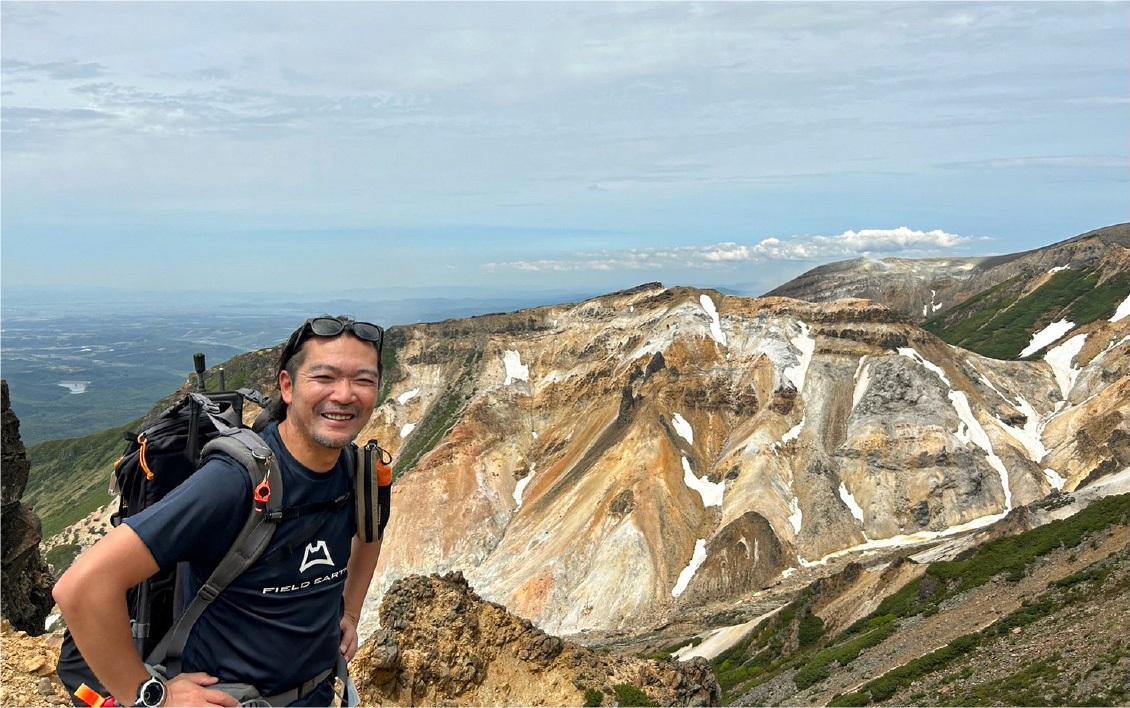
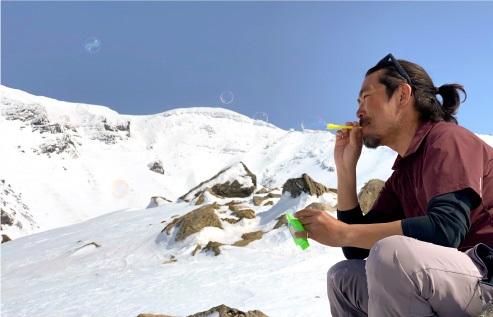
Treeing Chief Instructor
Certified as a Treeing Ichihun Instructor
Wilderness Advance First Aid (WAFA)
INDUSTRIAL ROPE ACCESS TRADE ASSOCIATION (IRATA LEVEL 1)
He is bright, kind and strong. He is a mountaineering guide and tree climbing instructor mainly in Daisetsuzan (Mt. Daisetsuzan), including “Japan’s earliest autumn foliage: Taisetsuzan Sesogodaira and Ginsendai to Akadake” and “Japan’s 100 most famous mountains: Daisetsuzan Asahidake to Kurodake traverse and Tokachi-dake”. He is an expert skier, trained in alpine skiing since his youth, and also guides backcountry skiing.
